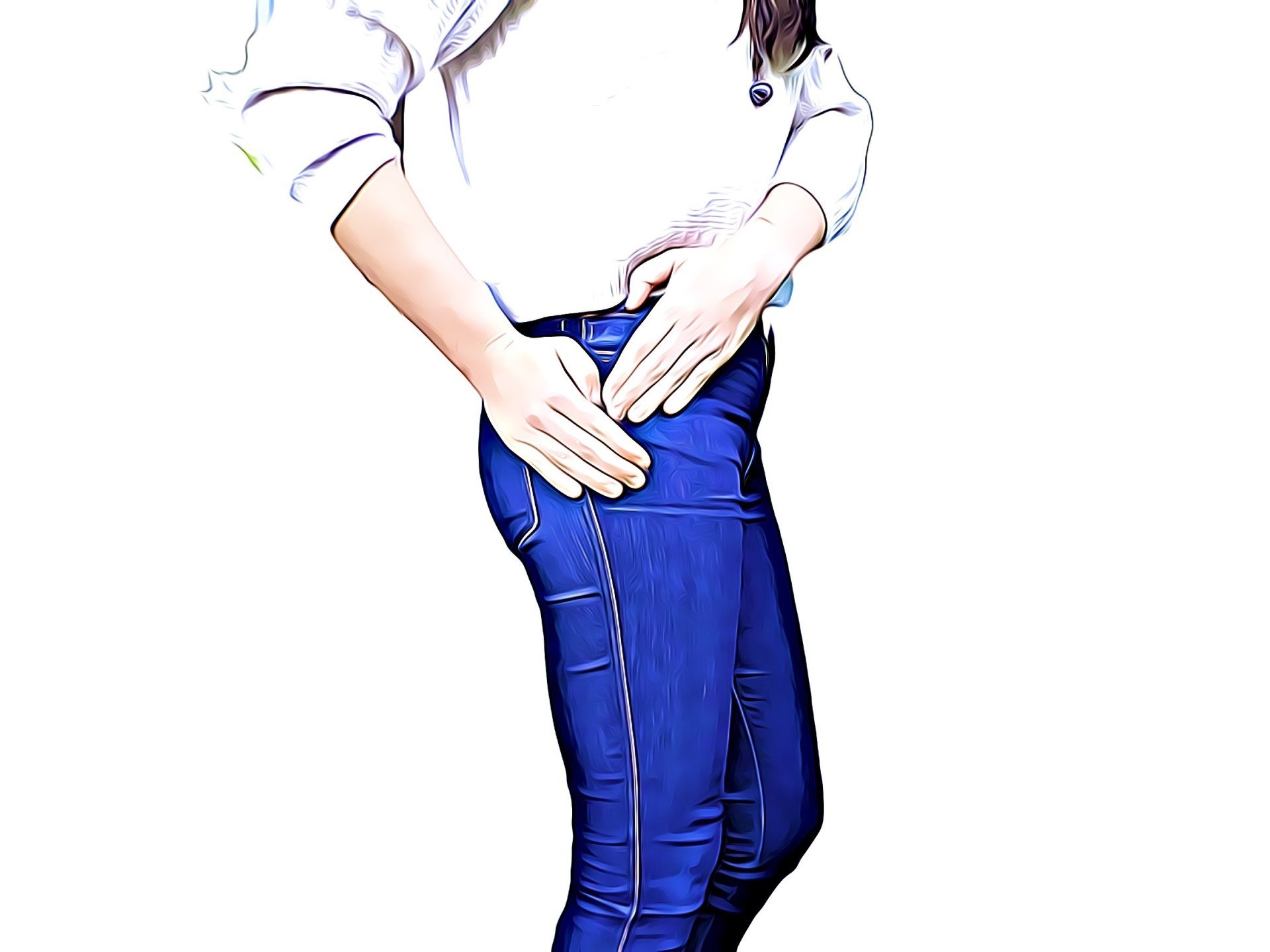Pain coming from your hip may have a many causes, Trochanteric bursitis is one of those.
What is Trochanteric Bursitis?
The muscles that surround the hips have a complicated role to play. They work to keep the pelvis level and control one of the most flexible joints of the body. They are organized in layers, and the deeper muscles are separated from the outer muscles by sheets of connective tissue, to allow easy gliding, as they interact with each other.
With all the layers of muscles working together, some points in the body are more prone to experiencing tension and friction during movement. Small sacs called bursa release a natural lubricant to allow gliding and sliding of different muscular layers and are scattered around the body at points of increased stress.
They are found all over the body and usually are quite inconspicuous, which is why most people have never heard of them. However, occasionally something goes wrong, and they become irritated and painful. This will usually happen in a few typical places
in the body and one of them this over the greater trochanter, the bony part of the outer hip.
What Are The Symptoms?
The most common symptoms of trochanteric bursitis are a sharp, superficial pain on the outside of your hip, which may radiate down to the knee. You can experience pain with a number of activities such as walking, jogging, climbing stairs and cycling or simply lying on the affected side.
How Does It Happen?
The most common cause for this is a combination poor biomechanics and overuse. When you have poor biomechanics, the structures around the bursa become tighter and can begin to irritate the bursa.
Some things that contribute to poor biomechanics around the hip are weak, uncontrolled muscles, tight muscles, flat feet with unsupportive footwear, a difference in leg length, incorrect equipment settings and scoliosis. These can all lead to irritation of the bursa around the hip.
How Can Physiotherapy Help?
As there are many other conditions that can cause pain at the outer hip(read about labral tears HERE), correct diagnosis is essential. Once diagnosis is confirmed, the first phase of treatment is to reduce pain and irritation.
This can be done with muscle release techniques, ice application, rest, fitting you with orthotics and advice for modification to your lifestyle. Your physiotherapist will also evaluate the causes of the irritation and prescribe a suitable rehabilitation program to change your biomechanics.
Serious cases can be treated with corticosteroid injection or even surgery, but with thorough physiotherapy treatment, you can usually get back into action within six weeks.
None of the information in this article is a replacement for proper medical advice. Always see a medical professional for advice on your injury.
If you have any further questions about any aches or pains or advise on working posture, please contact the clinic on 028 92666959, or email info@gavnoble.com.
Check out how we can help you at
